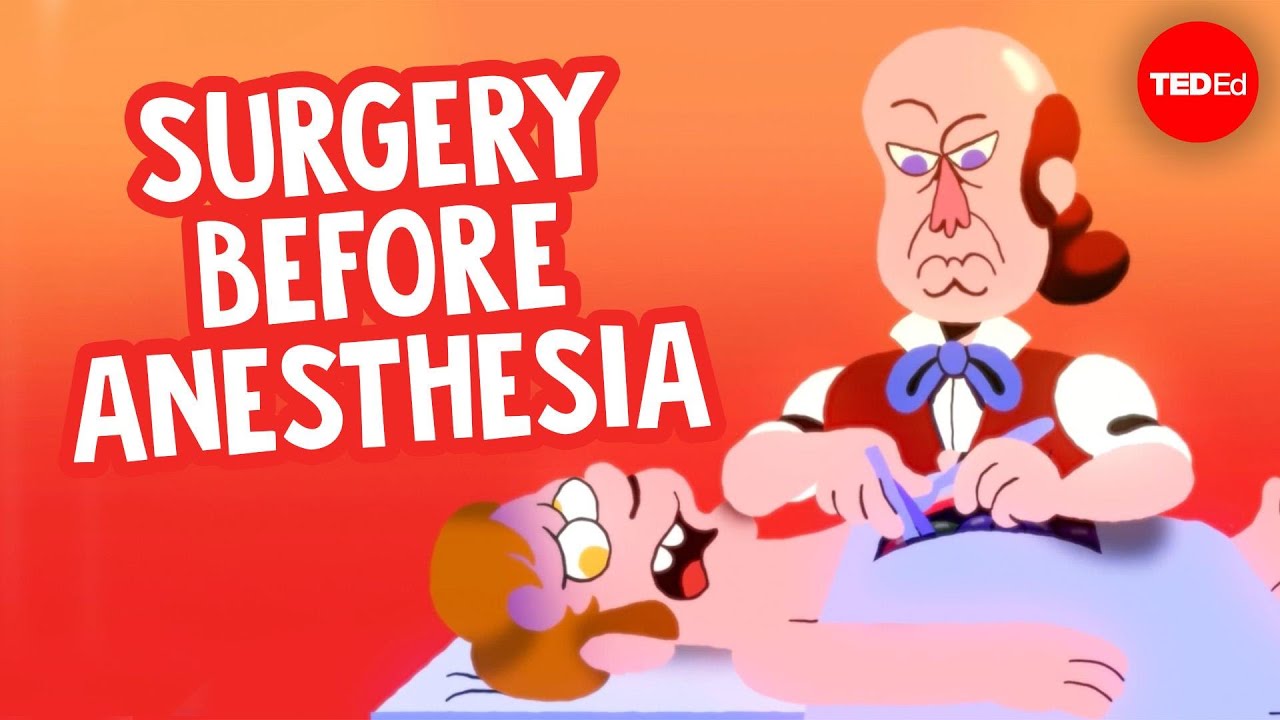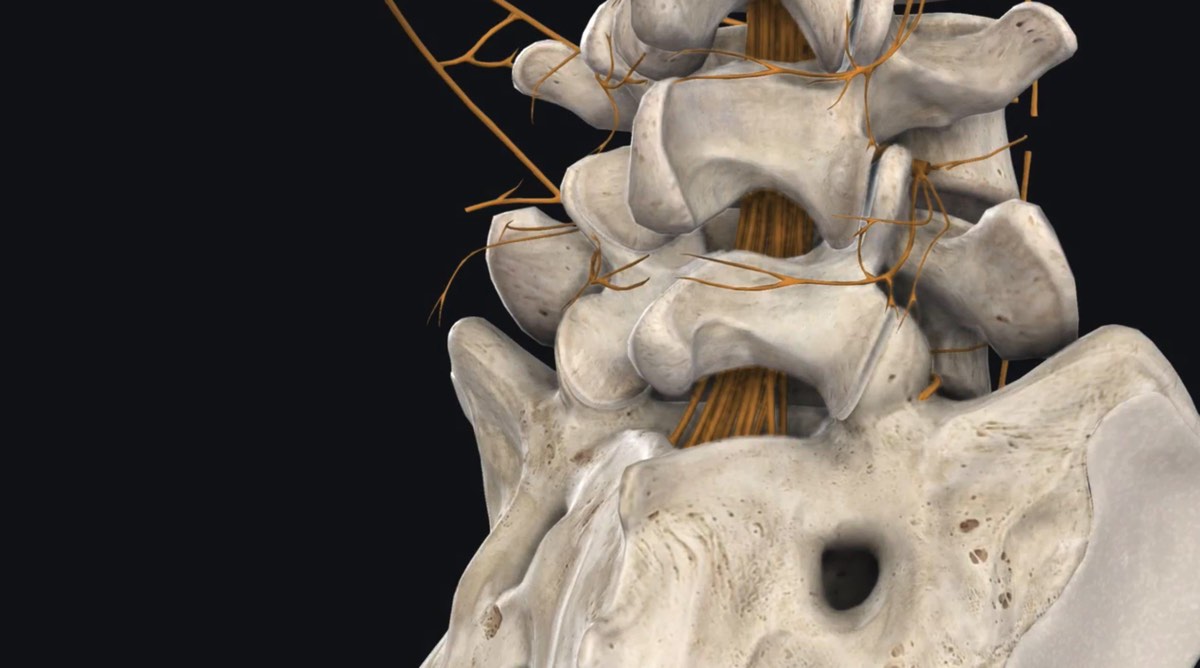NEW YORK (Reuters Health) – In a head-to-head trial, latanoprost proved to be noninferior to timolol in the treatment of glaucoma in children, according to a report in Ophthalmology online June 16.
Although latanoprost is not approved for use in children, there have been several reports of its effectiveness in pediatric patients with glaucoma, the authors point out. However, there have been no large prospective trials of latanoprost or any other prostaglandin analog in children with glaucoma.
Dr. Tomoko Maeda-Chubachi, with Pfizer Inc. in New London, Connecticut, and colleagues therefore conducted a 3-month randomized trial of latanoprost versus timolol in 137 subject no older than 18 diagnosed with glaucoma and having a morning intraocular pressure of at least 22 mm Hg.
Before randomization, participants were classified as having primary congential glaucoma (PCG) or non-PCG, and were stratified by baseline intraocular pressure (<27, 27–31, and >31 mm Hg).
The participants were randomly assigned to receive the adult dose of 1 drop of latanoprost 0.005% once daily or 1 drop of timolol 0.5% twice daily. Ultimately, 125 patients completed the study.
After 12 weeks, the mean reduction in intraocular pressure (IOP) was 7.2 mm Hg with latanoprost and 5.7 mm Hg with timolol (p=0.21), according to the report.
Based on an IOP reduction of at least 15%, response rates were 60% for latanoprost versus 52% with timolol (p=0.33), the researchers report.
They found that, when stratified by type of glaucoma, corresponding response rates were 50% and 46% for the PCG group compared with 72% and 57% for the non-PCG group. “The reasons for a smaller IOP-lowering response in patients with PCG overall are not entirely clear,” the authors comment.
Both latanoprost and timolol were well tolerated, the report indicates. Treatment-related adverse events affected 5.9% of patients given latanoprost and 14.5% of those receiving timolol, but these caused no patients to discontinue latanoprost and only one to stop timolol.
“In conclusion, latanoprost seemed to be safe and effective for the subjects in this trial over a 3-month exposure period, supporting the use of this pharmacologic agent as a treatment option for patients with pediatric glaucoma,” Dr. Maeda-Chubachi and colleagues write. “Furthermore, approximately half of the subjects with PCG had a treatment response, suggesting that latanoprost also may have a role in the treatment of PCG.”
This study was sponsored by Pfizer Inc.
Reference:
Comparison of Latanoprost and Timolol in Pediatric Glaucoma: A Phase 3, 12-Week, Randomized, Double-Masked Multicenter Study
Ophthalmology 2011.









